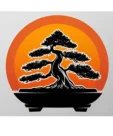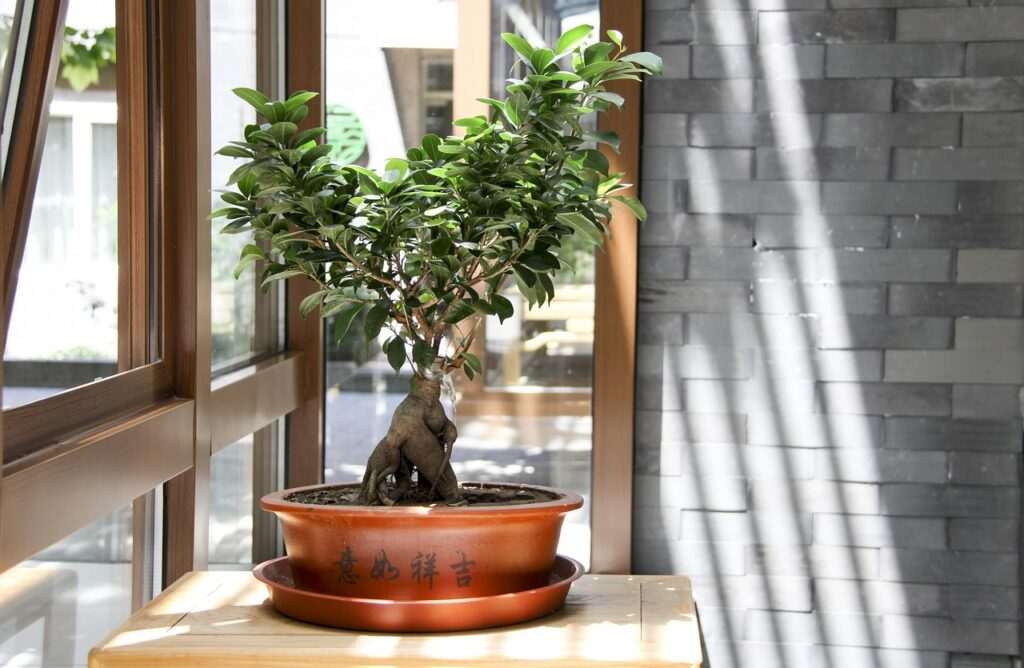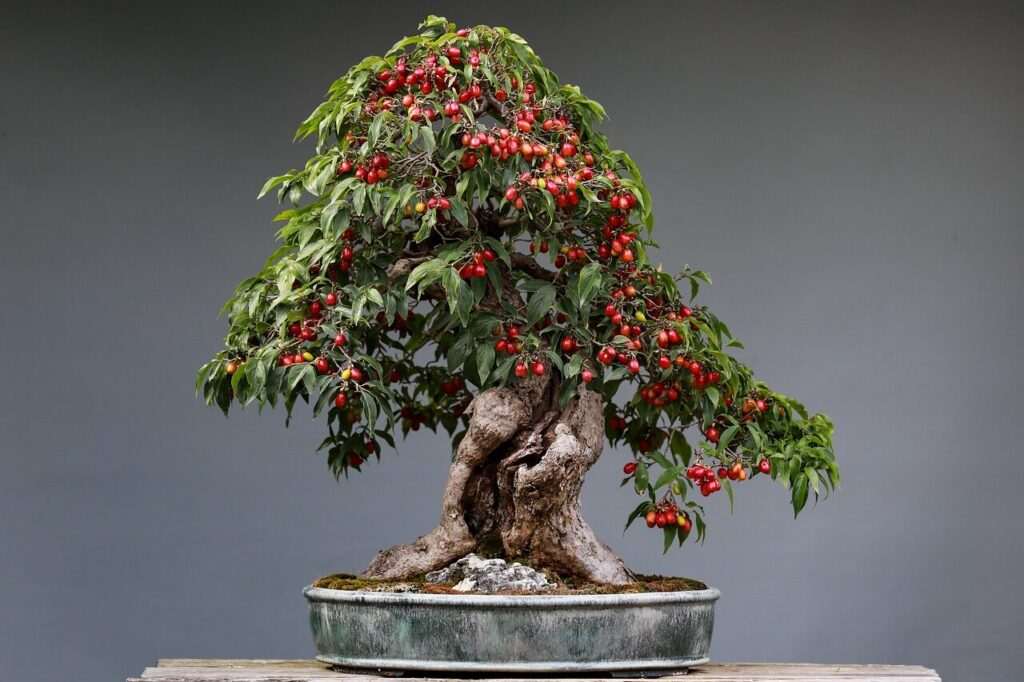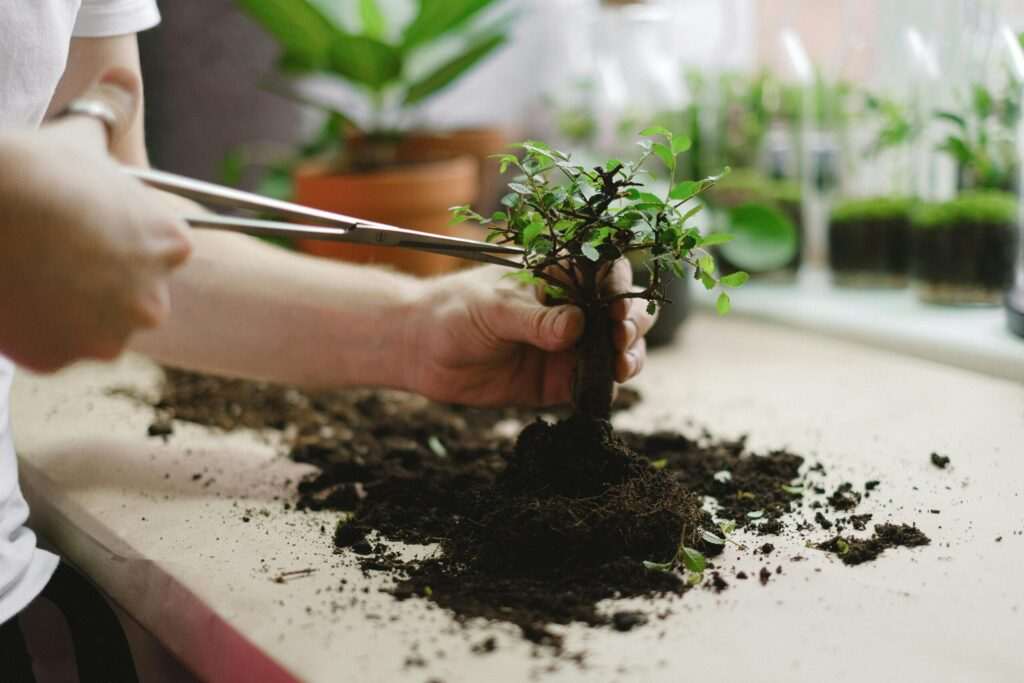7 Best Indoor Bonsai Trees for Beginners by Master Mori
Whispering through the still air of your living room, a miniature tree grows slowly and steadily—its twisted trunk telling a tale of patience, balance, and beauty. Master Mori would say, “A bonsai teaches us how to sit still… while everything changes.”
Let’s help you find the right one.
Whether you live in a city apartment or a sun-drenched house, these indoor bonsai trees bring a quiet kind of magic into your space—without asking much in return.
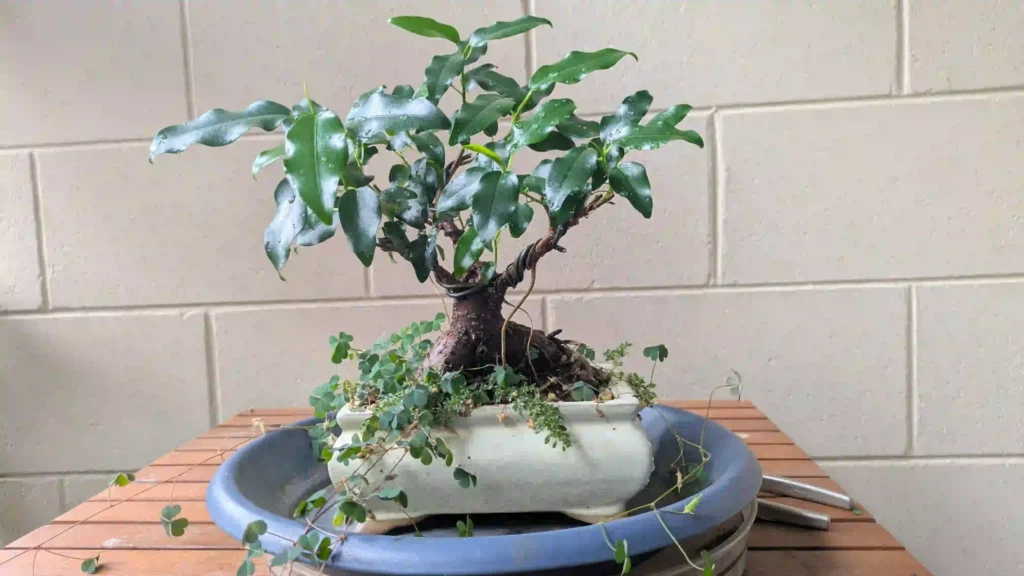
Why Indoor Bonsai Trees Are Perfect for Beginners
When it comes to the best indoor bonsai trees for beginners, unlike their outdoor cousins, indoor bonsai trees thrive where you do—right next to your bookshelves, coffee table, or kitchen window. The best ones for beginners? They’re forgiving. Resilient. Adaptable to low light. And most importantly, they’re beautiful even when you forget to water them for a day or two. (We’ve all been there.)
1. Ficus Bonsai (Ficus retusa)
The ultimate “starter tree” for indoor growers
Why it’s great: The Ficus is one of the best indoor bonsai trees for beginners, it is like the Labrador of bonsai, loyal, low-maintenance, and good with humans. It thrives indoors, tolerates a bit of neglect, and develops aerial roots that give it a touch of jungle mystique.
Watering & Light Needs: Moderate watering. Bright, indirect light preferred—but it will forgive low-light corners.
Read our full Ficus Bonsai Care Guide →
2. Chinese Elm Bonsai (Ulmus parvifolia)
Graceful leaves. Tough nature.
Why it’s great: Despite its delicate foliage, the Chinese Elm is one of the hardiest indoor bonsai trees around. It responds well to pruning and has a naturally elegant, arching shape.
Watering & Light Needs: Likes moist soil and bright light. Can adapt to indoor conditions beautifully.
Learn how to care for Chinese Elm →
3. Jade Plant Bonsai (Crassula ovata)
Technically a succulent. Spiritually a bonsai.
Why it’s great: Thick, coin-like leaves and a chunky trunk give the Jade Bonsai a zen-like charm. It’s drought-tolerant, perfect for those who tend to underwater.
Watering & Light Needs: Low watering needs. Loves bright windowsills but tolerates medium light.
Our Jade Bonsai Care Tips →
4. Hawaiian Umbrella Tree (Schefflera arboricola)
Playful. Lush. Surprisingly easy, and a great indoor bonsai tree for beginners.
Why it’s great: With its rounded leaflets and tropical energy, the Umbrella Tree looks like something out of a Miyazaki film. It’s incredibly low-maintenance and forgiving to new bonsai owners.
Watering & Light Needs: Medium watering. Thrives in low to medium light.
See the Umbrella Bonsai Guide →
5. Serissa Japonica (Tree of a Thousand Stars)
For those who want tiny flowers with their tiny tree
Why it’s great: This beauty blooms with little white flowers, and its gnarled bark makes it look ancient even when it’s young. A little fussier than others on this list, but rewarding.
Watering & Light Needs: Keep soil lightly moist. Prefers bright light and stable indoor temps.
Care Guide for Serissa Bonsai →
6. Cotoneaster Bonsai
Spills over like a miniature cascade of leaves and berries
Why it’s great: This bonsai tree gives you tiny leaves, miniature red berries, and even little pink blossoms if it’s happy. What more could you want?
Watering & Light Needs: Regular watering. Bright light helps it thrive, but can adapt indoors.
How to Care for Cotoneaster →
7. Dwarf Schefflera (Miniature Umbrella Tree)
Similar to the Hawaiian Umbrella, with compact growth and great shape
Why it’s great: A more compact version of its tropical cousin, this is ideal for small shelves, desks, or office corners. Very easy to prune and maintain shape.
Watering & Light Needs: Low to moderate watering. Does well in medium light.
Indoor Schefflera Bonsai Guide →
Tips for Keeping Indoor Bonsai Happy
Don’t overwater. Bonsai roots dislike soggy soil. Use your finger to test the topsoil before watering.
Keep them warm, but not hot. Indoor temperatures between 15–25°C are ideal.
Rotate for balance. Every few weeks, rotate your bonsai so all sides get light and grow evenly.
Prune with purpose. Shaping a bonsai is part of the journey. Just don’t fear the scissors—gentle, regular pruning keeps your tree healthy and beautiful.
Start Your Journey with the Right Tools
Ready to level up your toolkit? Check out our detailed roundup: Best Beginner Bonsai Tools.
Final Thoughts from Master Mori
“The right bonsai is not chosen with the eyes, but with the heart.”
Start with one tree. Care for it like an old friend. Over time, you’ll notice something strange happen, the room gets quieter. Your mind grows calmer. And suddenly, you’re not just growing a tree.
You’re growing roots of your own.
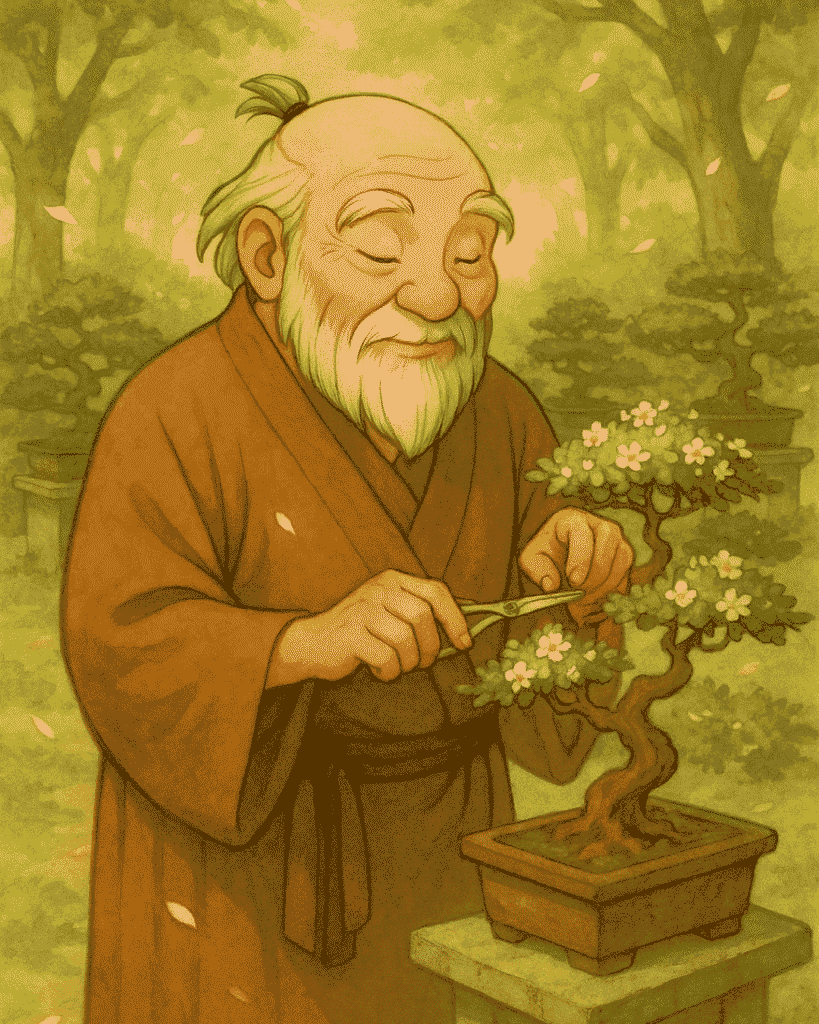
Your Next Steps
Ready to Begin?
Explore our Beginner’s Bonsai Care Guide or take the next step by reading about The Rule of 3 in Bonsai. Master Mori will be waiting.
New to Bonsai? Subscribe to our newsletter and download our free guide. Master Mori’s Will Show You the Way
